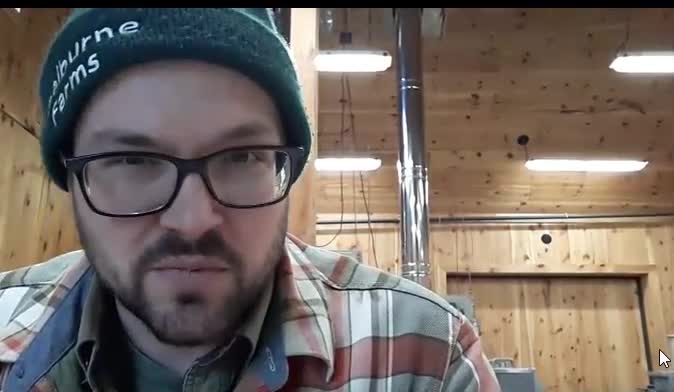Search Results
Results for: 'Maple Sugaring'

Vermont laws governing the production and sale of pure maple syrup grant the authority to regulate to the Vermont Agency of Agriculture Food and Markets. The regulations that have been developed as a result of those laws cover everything from the ...

Maple sap, what's in it? Maple sap is a dilute solution of mainly water (95-99%) and sugar (1-5%), along with trace amounts of other substances, including: organic acids, free amino acids, protein, minerals, and phenolic compounds. Sap coming dire...

According to the 2019 USDA NASS maple syrup report approximately 90% of Vermont's total annual maple syrup production (about 1.8 million gallons) was sold into the bulk market. The remainder of the crop was sold either to retail or wholesale custo...

Sugar makers and community members alike have noticed a large number of sugar maple seedlings this spring. These first year trees were the result of a large seed year in 2019. Sugar maples begin producing seed when they are about 40 years old or 8...

Shelburne Farms Maple Sugaring Part 2: Stand Management, Tapping and Impact
Video tour of Shelburne Farms Maple Sugar facility

Sugar maple flowers that are fertilized in spring, will develop into mature seeds in late summer. The seeds come in the form of winged samaras (sometimes referred to as helicopters or whirligigs). Sugar maple samaras develop in pairs but generally...

Sugar makers rely on healthy, abundant maple trees to provide sap each spring. Taken together a group of maple trees managed for sap collection is called a sugarbush. Developing a healthy, productive sugarbush takes time and effort. Forests are hi...

The sugaring season has been over for a while. Maple trees ended their annual period of dormancy when their winter buds broke, allowing new leaves to emerge. These lush green leaves are now working to produce all the energy needed for the tree to ...